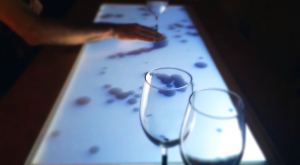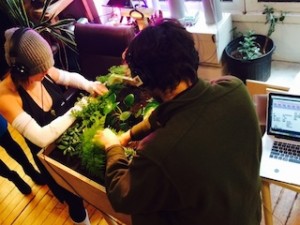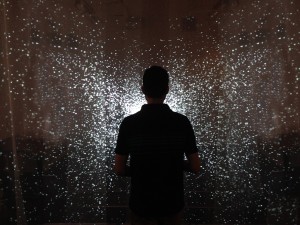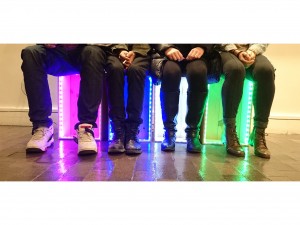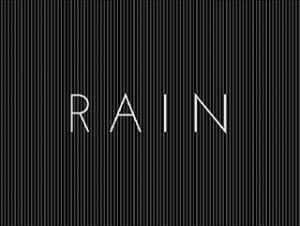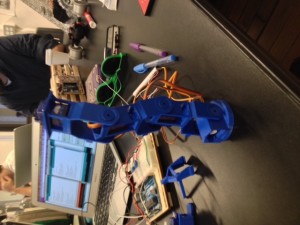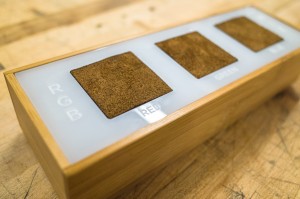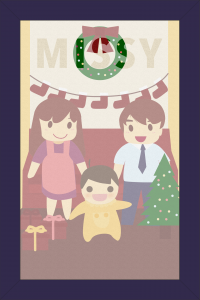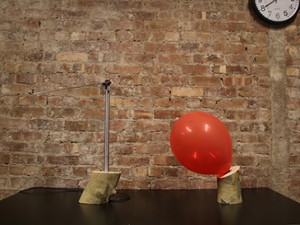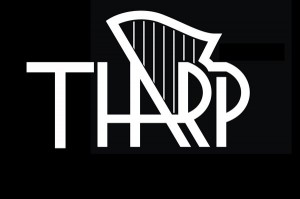Brett Stiller, Matt Romein
Join us at the bar, where your glass becomes both a vehicle for libation and tool for interaction, controlling an animated environment on the surface beneath you.
http://www.brettstiller.com/socitable/
Description
The Soci[T]able is an interactive counter-top that mirrors and visualizes the social behavior of it's guests.
Built using ReacTIVision and TUIO (camera vision and tracking) , MAX MSP, and Projection Mapping, patrons interact both with a projected animation and each other.
Each glass is identified by a unique Fiducial at it's base and affects the animation beneath.
Classes
Introduction to Computational Media, Introduction to Physical Computing

